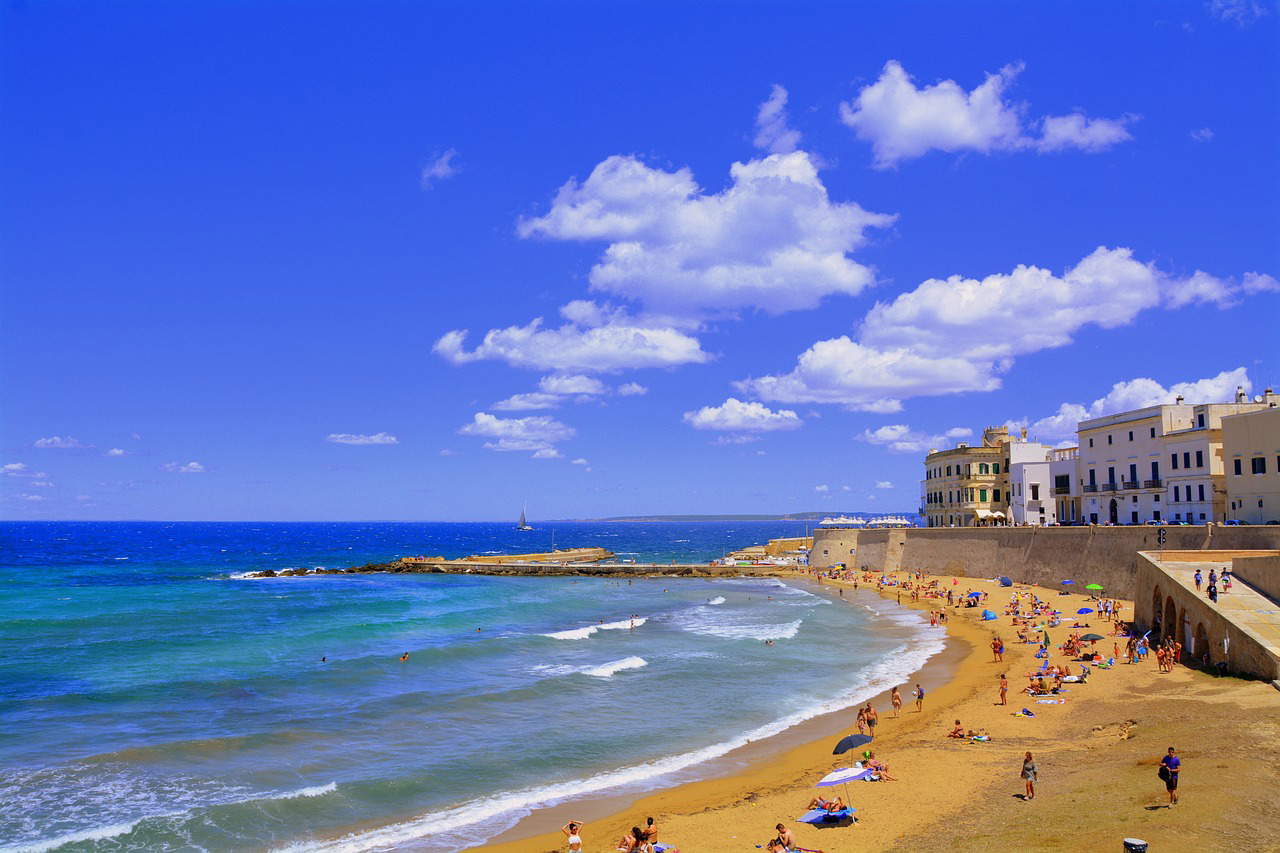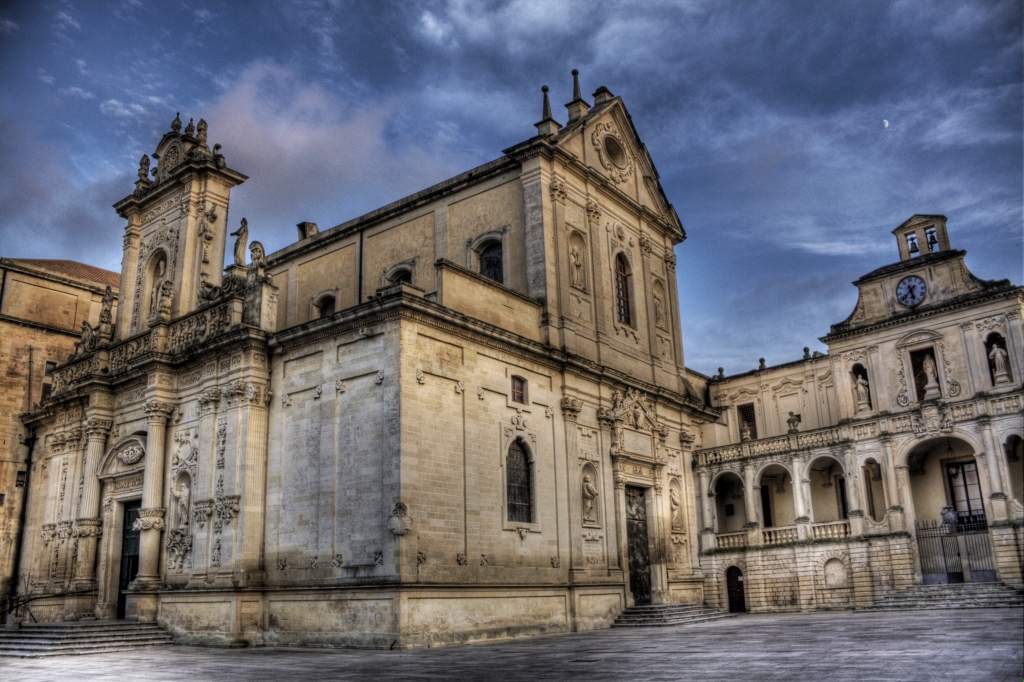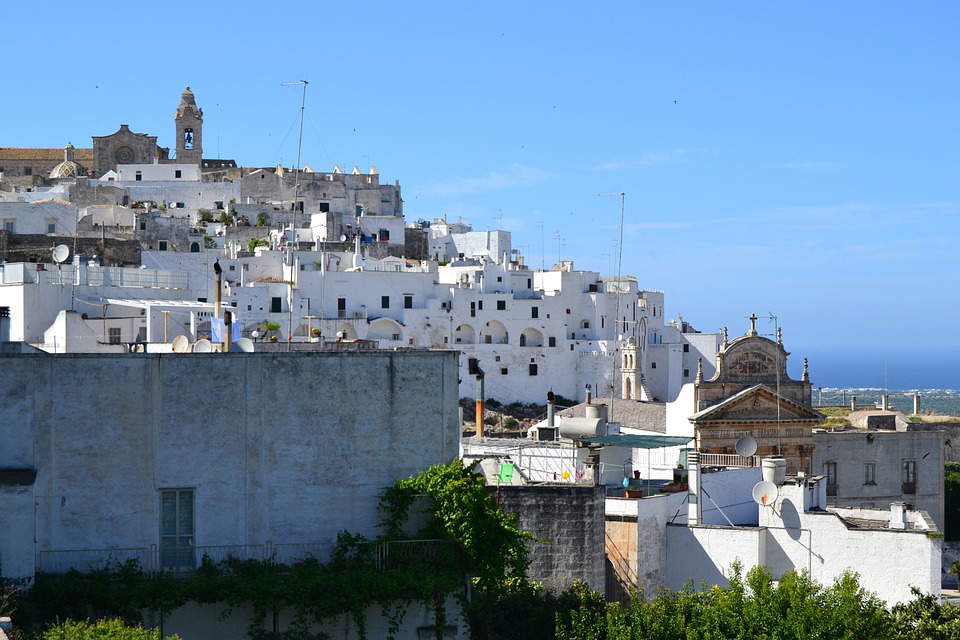Going against the grain of the current mainstream that sees tourism as a golden goose in a country like Italy, as well as the panacea for all the ills of economically depressed places, the online journal of economic policy criticism Economiaepolitica. it has published a twelve-handed study by Giorgio Colacchio, Guglielmo Forges Davanzati, Gianmarco Igino Scardino, Luigino Sergio, Domenico Suppa and Davide Stasi (three university professors, including one from the University of Benevento and two from the University of Salento, and three experts) entitled “The Limits of Tourism Development in Southern Italy: The Case of the Province of Lecce” where they unhinge the idea that tourist flows can bring wealth to this area, Salento, which has been fashionable for summer vacations for many years now.
These professors and experts have scientifically analyzed the case of the province of Lecce (with data from 2008 onwards) highlighting how deindustrialization and withdrawal from the countryside in favor of increased work in the tourism and related services sector is not bringing wealth but rather is blocking the development of the area. Or rather, the authors set out “to account for the structural change brought about in Salento as a result of increased tourist flows, showing how tourism is associated with low economic growth, predominantly for low-skill occupations only.” The growth of the tourism sector has occurred in tandem with a reduction in the incidence of manufacturing in the region, which nonetheless remains the most industrialized region in the Mezzogiorno, and “with the increase in inequality of income distribution.” Would you have ever said that? Yet Salento, with Lecce, the “Florence of the South,” has had a visibility and vibrancy in recent years that has increasingly established itself as a vacation queen of the South’s redemption.



Let’s see what analysis they did starting with the basic numbers that frame the activities in this area: “Accommodation and restaurant activities are those whose numbers have increased the most: from 4,143 (as of December 31, 2009) to 5,838 (as of May 31, 2023), or 1.695 more, or a 41 percent increase,” but they also point out to us that Lecce ( Salento in the narrow meaning of the term), before this specialization on tourism activity, “in 1870 was more industrialized than the province of Turin with an industrial GDP equal to that of Milan. Slightly less than 20 percent of Italy’s monetary income from abroad was attributable to the Greater Salento, which was one of the areas with the highest incidence of the secondary sector in Italy.”
In an analysis on the historical, economic and social cross-section, he points out how hotel facilities or activities related to tourism (b&b, catering, bathing establishments) in the beginning were the preserve of the already affluent bourgeoisie going to maintain the distance from the other social classes from which they extracted the labor force: “they are also generated and preserved with the regular labor of a large reserve army consisting of young people willing to offer their services in the bathing establishments, often in a totally irregular manner.” And again, “this is not, therefore, an additional demand for labor. The large on-site availability of young labor force depends on high unemployment, which in turn is caused by low demand (both domestic and foreign), highly dependent on the substantial disappearance of public employment outlets.”
It is then viewed negatively that in the last twenty years, Puglia-and even more so Salento-has increased its dependence on the tourism sector more than the rest of the country: “the incidence of tourism in the region, in the period between 1995 and 2017, doubled, reaching 4.2 percent, compared with what happened in the rest of Italy, where the sector’s growth was two-thirds lower,” and in terms of employees, the regional tourism sector “has just over 142,000 employees, accounting for 5.4 percent of the national total. Nevertheless, in terms of the number of presences, our region is not among the first in Italy, far surpassed by historical destinations, compared to which there is a wide distance (for example, the Romagna Riviera),” the study authors note.


On criticality and its causes they try to stop three points. The first is that in the presence of a marked process of deindustrialization, specialization in the tourism sector-which is a sector still notoriously characterized by low labor productivity and which also suffers from high seasonality-can cause a decrease in the demand for a skilled worker, accentuating migratory flows of a more specialized workforce and thus reducing labor productivity in general. The second is related to the continuous growth that has occurred in the tourism sector over the past 15 years, which “may have caused a kind of Dutch Disease, with a shift of production factors from sectors with higher labor productivity to the supply of tourism services,” which are characterized by lower labor productivity. The tourism sector then also played a role as a “buffer” for the re-employment of workers expelled from the primary and secondary sectors of the economy e.g. as a result of the expulsion of farmers from land devastated by Xylella and in the operation of beach and restaurant lidos with low quality of supply. The third point is the growth in the incidence of unregistered tourist flows, the short rentals that are the damnation of historic centers (“in the form of houses and apartments not surveyed by the control bodies with the associated increase in irregular employment, undeclared activities and illegal work, etc...”). Phenomena that have accompanied the expansion of the tourism sector but “have certainly contributed to preventing the development of a higher value-added service offer, thus contributing to further lowering the productivity of labor in the tourism sector.”
 |
| Does tourism make Salento grow? No, it has impoverished it. What the study says |
Warning: the translation into English of the original Italian article was created using automatic tools. We undertake to review all articles, but we do not guarantee the total absence of inaccuracies in the translation due to the program. You can find the original by clicking on the ITA button. If you find any mistake,please contact us.